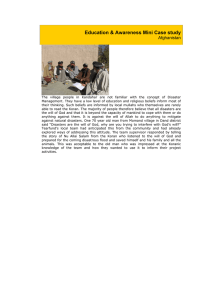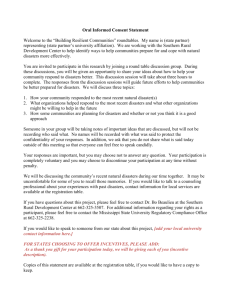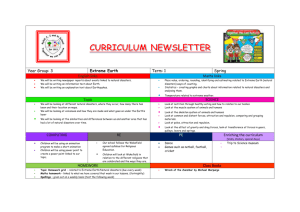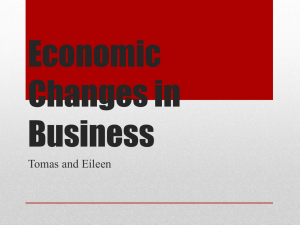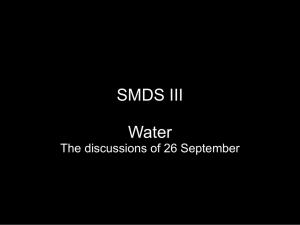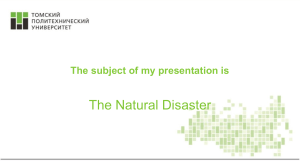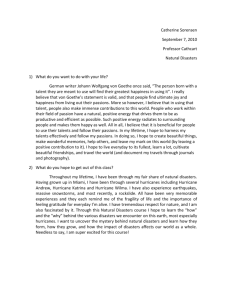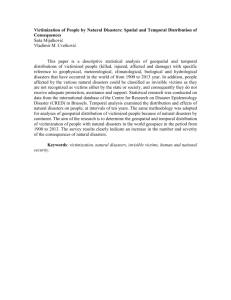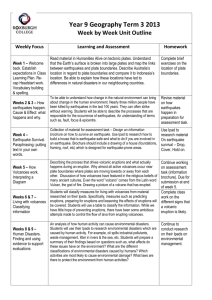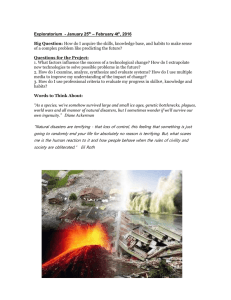Colleagues
advertisement
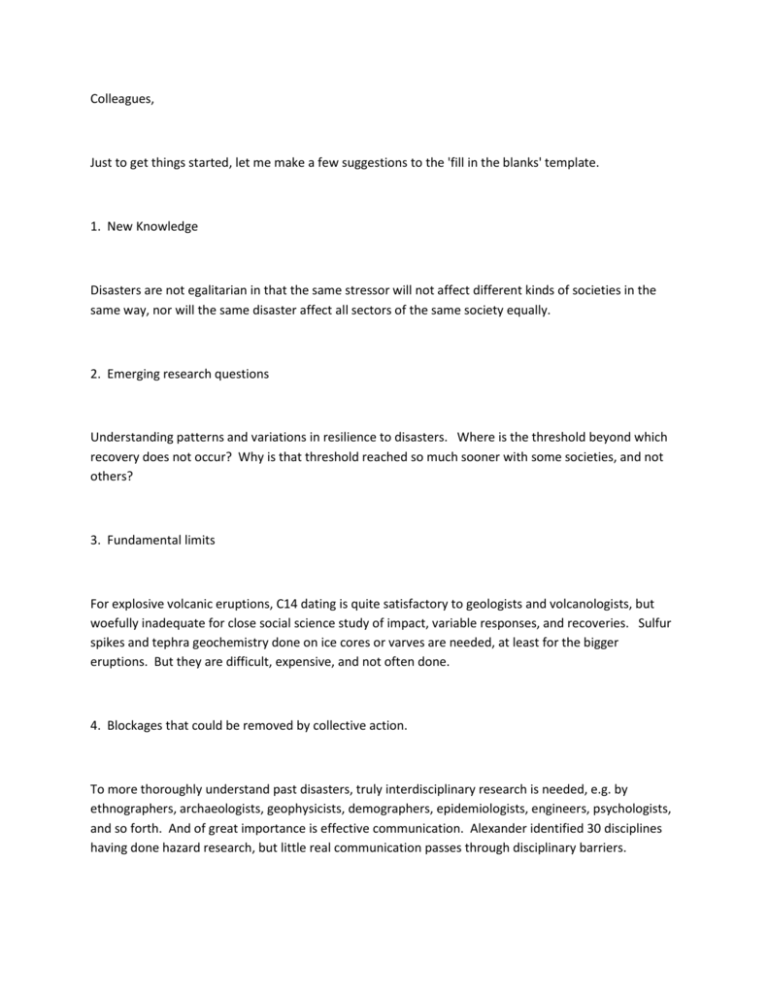
Colleagues, Just to get things started, let me make a few suggestions to the 'fill in the blanks' template. 1. New Knowledge Disasters are not egalitarian in that the same stressor will not affect different kinds of societies in the same way, nor will the same disaster affect all sectors of the same society equally. 2. Emerging research questions Understanding patterns and variations in resilience to disasters. Where is the threshold beyond which recovery does not occur? Why is that threshold reached so much sooner with some societies, and not others? 3. Fundamental limits For explosive volcanic eruptions, C14 dating is quite satisfactory to geologists and volcanologists, but woefully inadequate for close social science study of impact, variable responses, and recoveries. Sulfur spikes and tephra geochemistry done on ice cores or varves are needed, at least for the bigger eruptions. But they are difficult, expensive, and not often done. 4. Blockages that could be removed by collective action. To more thoroughly understand past disasters, truly interdisciplinary research is needed, e.g. by ethnographers, archaeologists, geophysicists, demographers, epidemiologists, engineers, psychologists, and so forth. And of great importance is effective communication. Alexander identified 30 disciplines having done hazard research, but little real communication passes through disciplinary barriers. 5. Action Areas Individual cases need to be carefully examined for patterns and variations, proposed and critiqued, to do theory building. Political ecology could contribute. 6. Outreach, education I would add K-12 to undergraduate education, but I am not sure how. I had some inadvertent success in K-12 in rural Costa Rican schools in basic ethics, but how hazards could be included is unclear to me. Perhaps just basic education could stimulate curiosity among young students. Payson
